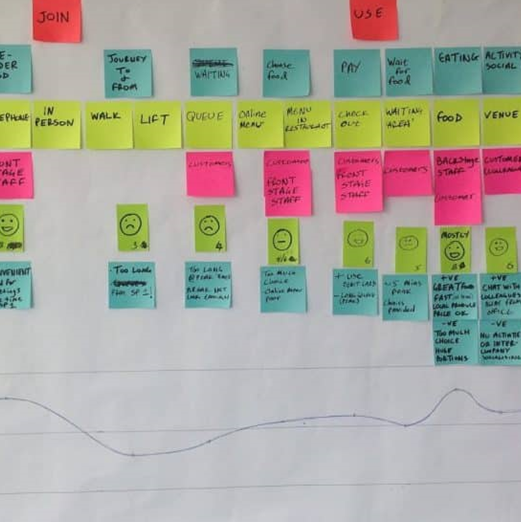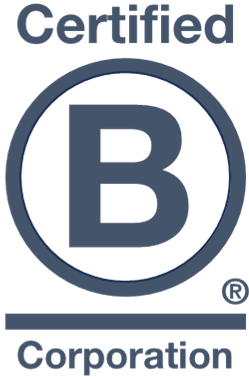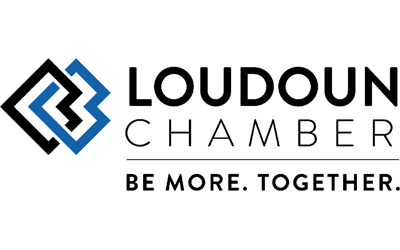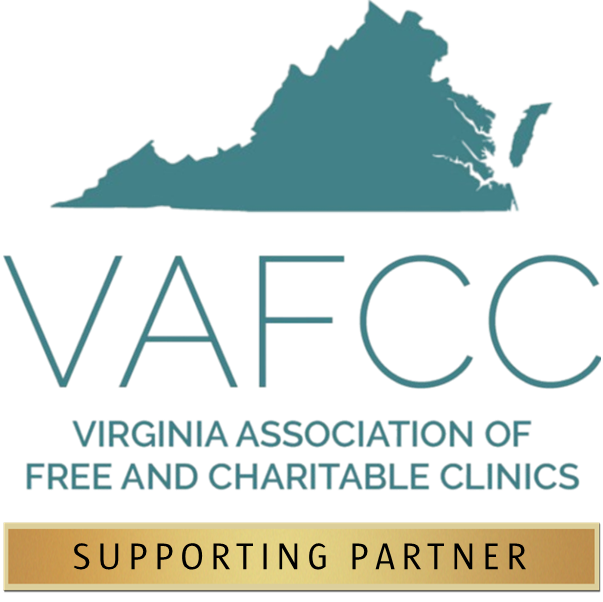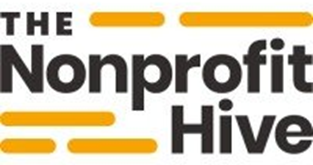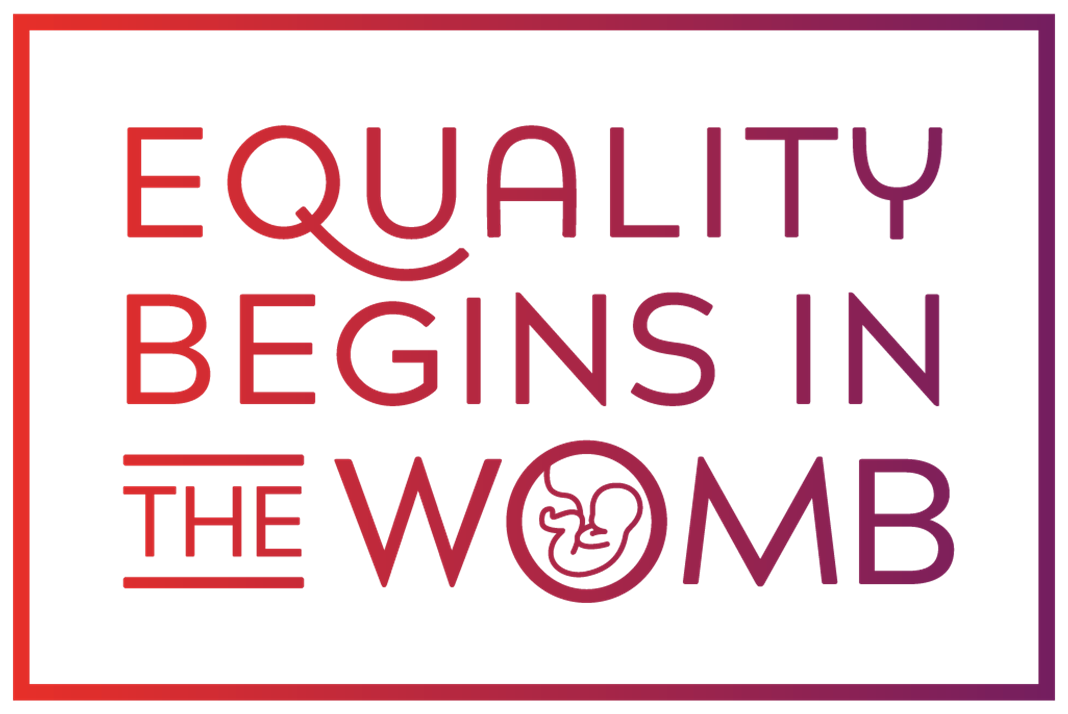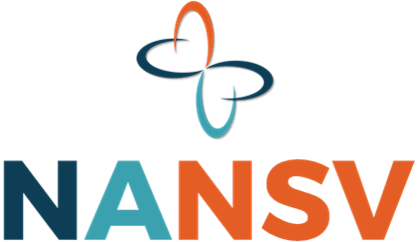Meet John Miller! He represents a key donor segment, and you know him through research and analytics. His persona puts a name, story, and other key information to his "wallet," so you know intimately who he is and what he’s about. Accurate personas are critical in relationship marketing.
Making the Transition to Relationship Marketing
Great experiences deliver lasting, rewarding donor relationships

Our recent three-part blog series introduced the concepts of relationship marketing and the Customer Relationship Management (CRM) technology that enables it. But, while we talked about it some in the first post, we recognize we gave short shrift to the foundational modern marketing philosophy of developing and maintaining productive donor relationships through the experiences people have with non-profits. Since we argued a CRM system is necessary for non-profits to employ relationship marketing, it would probably help to know more about why you should do it in the first place, and the basic process and key elements involved.
Relationship marketing delivers better fundraising outcomes
First, let’s talk a bit more about why you should care about “going modern” and taking a new look at how your non-profit is marketing. There’s one big reason: Relationship marketing can generate a much higher and more consistent return on investment (ROI) than the traditional and “try everything” things many organizations are focusing on now. What does this mean? Well, for every dollar and every hour you put into outreach and engagement efforts, you’ll get far more back from donors than most non-profits are now, and you’ll be more effective at maintaining your base over time. Read: Sustainability, predictability, and growth.
This isn’t just a theory. Many businesses have been focused on building long-term customer relationships by marketing differently, with great success. However, non-profits have been slow to catch on, for a variety of reasons—not least because the wheels turn slowly in the sector when it comes to outside innovations. Changing mindsets is a difficult proposition, and even highly experienced development professionals aren’t ready to adopt modern practices. In addition, relationship marketing requires investment in people and in the aforementioned CRM systems. ROI is proven (almost $9 per dollar spent) but the outlay can be scary, and risks do exist.
There is also the non-profit aversion to putting money into “overhead.” It’s been driven into leaders’ heads, over and over again, that only a miniscule portion of the budget should be allocated to things like management, administration, and marketing. However, returns from appropriately investments in your donors are needed to strengthen programs, serve more people in the relevant population(s), increase benefits, expand scope, etc. And in fact, adding significant income from donations will fix the “imbalance” over time—in the short term, the percent to programs may decrease, but in the long term this ratio will go back up.
What are the basics of relationship marketing?
Relationship marketing is about… you guessed it… developing and maintaining long-term, productive relationships with prospects and donors. What’s needed to do this successfully? Well, it’s a process, starting from the first time someone is introduced to your cause and ending when that person is serving as an “ambassador” for your organization to friends, colleagues, etc. The graphic below shows the main stages involved in relationship development. It’s important to remember not everyone starts at the beginning—some people will already know about you, have donated to you, etc. That just means they’ve gone through the previous stages already while others haven’t, so you’ll be engaging different people at different points.
The Relationship Journey: A Road Map from the “Newbie” to the Active Supporter
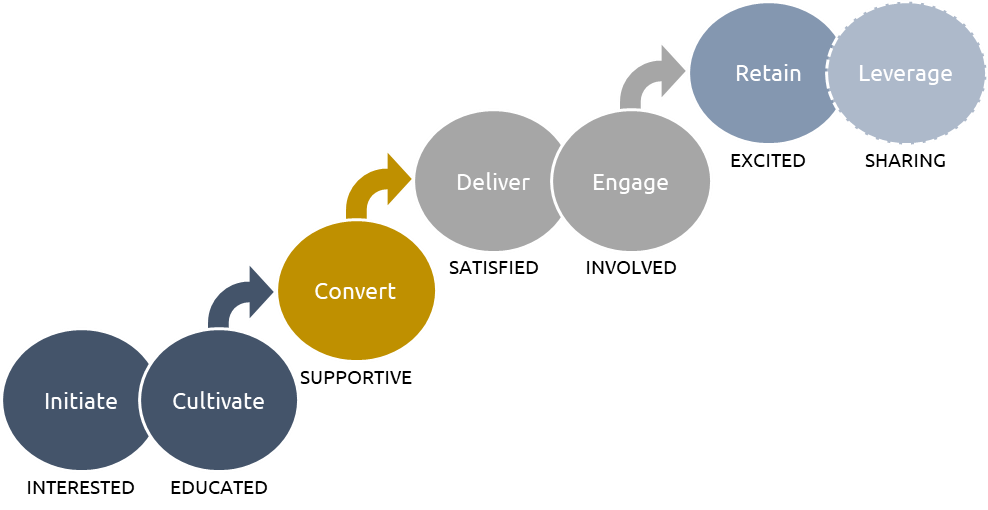
There are at least six things that are important to understand as you walk with your prospects and donors through the process above:
1. Relationships are with people, not with their checkbooks and credit cards
Modern marketing means viewing each donor as a person with her own interests, feelings, preferences, influencers, decision drivers, etc. If they’re going to give and then come back with more, you need to make a personal connection. Think about friendships—you take an interest in an individual, get to know her, develop trust, and, eventually do things for her good. You receive something from this, such as satisfaction of helping her, a favor from her, etc., and as a result you want to keep doing things. Notice you don’t become friends with her shirt, but with her. It’s the same with donors. You need to approach them as individuals, not dollar bills.
2. You have to get to know prospects and donors on a very personal level
The amount of donor data available today is breathtaking, yet many nonprofits don’t capture or use it. This is a big missed opportunity. Building rewarding relationships requires knowing your priority segments in depth. Key details that describe them can be obtained by asking (e.g., donor surveys and/or focus groups) and by using data about the types of people who interact with and ultimately donate to you. This information is essential to paint clear pictures, or “personas,” representative of the groups that contribute to you. You need them to retain people and increase their gifts, and target prospects from donor pools proven to be productive.
3. Their experiences with you significantly affect their decision-making
Prospects and donors form opinions, even if you had nothing to do with them. They come from every experience—first exposure, efforts to learn more, the “ask,” an attempt to give money, etc. The quality of their Interactions (or non-interactions) create positive, negative, or indifferent thoughts and feelings, which drive decisions to continue walking with you or take an “off ramp” due to loss of interest, frustration, dissatisfaction, or other issues. One good experience at a single touchpoint doesn’t guarantee conversion or retention. Everyone in your key segments needs to stay consistently interested, engaged, and satisfied along the way.
4. You can design experiences that will convert, keep, and leverage donors
The good news is that you have the power to create the kinds of experiences that make people want to develop long-term, productive relationships with you. You have control over communications, destinations, and responsiveness, and you can make it easy for prospects and donors to do what you want at every touchpoint from the initiation to becoming repeat supporters and advocates. Influence comes from what you say, who says it, when, where, and how messages are conveyed, and what happens next, which has to be customized to your target segments’ attributes (see #2, above). You need to design and implement strategies that cater to your donor pools.
5. It's not “out with the old, in with the new”—it’s what your targets prefer
Many non-profits still rely on the newsletter and the annual appeal, delivered by “snail” or e-mail. On the other extreme, some go all in on every social media platform, trying to cover all their bases and attract anyone to their causes. This isn’t cost-effective, and it won’t return a high ROI. Basically, if your target segments want it, do it. In principle, this can mean anything—quarterly, “on paper” updates, PDFs on web sites, e-mails, text, blog posts, videos posted on specific channels, etc. When you know and cater to your key segments, you won’t waste valuable time and limited financial resources on things people won’t read or messages that won’t resonate.
6. If something not’s going right, you have to see and fix what’s wrong
Back to that data thing… it’s not just for personas, it’s also for monitoring and adjusting your strategies and tactics to assure your efforts are working. Analytics allow you to track virtually everything about how people interact you, from basic (e.g., dollars resulting from annual appeal letters) to more complex (and useful) information such as donor behaviors (e.g., how they engage with different messages, media, and placements). There are no reasons to be static in modern marketing. You can know who’s clicking on links from different channels, responding to one message vs. another, and much more, and shift your attention to what’s working.
Where does CRM technology fit into all of this?
We started this series talking about the need for non-profits to adopt relationship marketing, and a CRM system is necessary to support it. Let’s bring it full circle. As can be seen from the above discussion, it can take a good deal of effort to build and maintain personal, mutually rewarding relationships with donors, and you also need a lot of information. We previously discussed how good CRM platforms customize outreach, automate time-consuming tasks, collect key data, and provide critical, comprehensive donor analytics (and the time to make use of them)—all of which are needed to make relationship marketing work for non-profits.

As such, CRM technology isn’t just recommended for relationship marketing, it’s essential to it. Without good enabling software, it will likely be too time-consuming to stay on top of what needs to be done (as it is now for many non-profits) and, relatedly, it will be difficult to recognize and take advantage of different delivery options that respond to donor needs and preferences. While non-profits may be able to develop accurate personas through, for example, surveys and focus groups, the collection and maintenance of wide-ranging donor data and the ability to utilize analytics will be challenging. Good CRM systems solve these problems.
Importantly, relationship marketing also requires a shift in mindset from “how we’ve always done it” to “what donors need today.” For development professionals willing to learn, the rationale and logic is relatively easy to grasp, and the ROI has been demonstrated. However, the effort and new knowledge required can seem daunting. Exposure to CRM technology can help alleviate some concerns and make the transition easier to embrace. This is not to recommend going out and buying a CRM system as a first step. Rather, marketers should be encouraged to explore general platform capabilities when introduced to relationship marketing as a practice.
What should we do to start modernizing donor marketing?
Your non-profit should do four things now to get in position to realize the ROI that relationship marketing brings with it: (1) Get your key managers and staff trained in relationship marketing, (2) Research, segment, and personify your current donor base, and (3) Map key segment journeys and develop custom marketing strategies, and (4) Get a good CRM system to make building and maintaining long-term, productive donor relationships more efficient and successful. What you shouldn't do is wait. Start the (r)evolution... there are donors out there just like the ones giving to you now, and they're waiting for you to find, inform, persuade, convert, engage with, and retain them.
Snowflake can help you make the transition for a greater ROI
- We offer a full day, “hands-on” seminar, Introduction to Relationship Marketing: Creating Customized Donor Experiences, in which participants with development responsibilities learn to navigate the relationship cycle using “real-life” scenarios.
- We provide executive advisory and comprehensive consulting services tailored to non-profits’ fundraising goals and capabilities, from coaching marketing leaders in developing their own strategies to researching donors and creating custom plans.
- If you want to learn more about what you'll need from (and can afford to pay for) CRM software and find the right system for your non-profit, read Empowering Marketing with the Right Tools: What you need from CRM technology.
- Need to convince yourself and your board to make the investment? We can help you build a great Business Case for CRM Technology that articulates the potential and probability for a high ROI and makes a compelling “ask” for a CRM platform.
Tell us about your non-profit, fundraising goals and current marketing methods, and issues, successes, and failures.
Let's see what we can do together!
Read Other Posts




